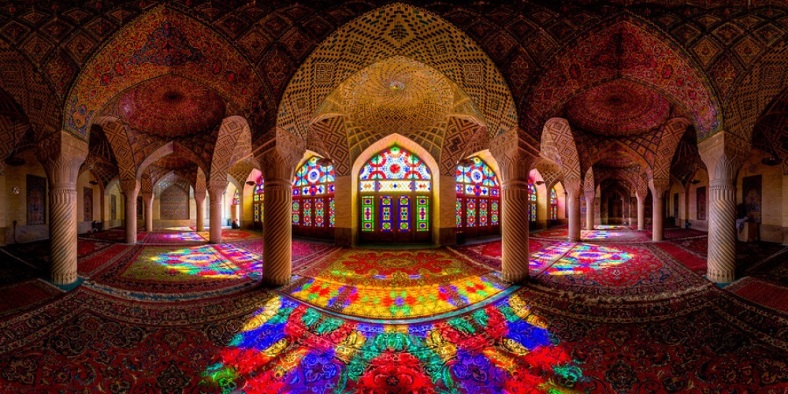
Background

Persian culture has been one of the richest in the world. Persia has great treasures which had been moved to eastern and westerns nations. Two and a half millennia of inspiring literature, breath-taking architecture, brilliant poets and writers, and everything on a long-standing and proud civilization.
Government
 During the 19th century, the Persian Empire was a monarchy in which the King had the absolute power, then it followed the satraps, inspectors and secretaries, sellers and in the bottom the slaves. Persia had great kings like Cyrus the Great (who ruled at different times), Darius (he introduced a uniform model on coinage of gold and silver) and Xerxes. The empire was divided into 3 dynasties:
During the 19th century, the Persian Empire was a monarchy in which the King had the absolute power, then it followed the satraps, inspectors and secretaries, sellers and in the bottom the slaves. Persia had great kings like Cyrus the Great (who ruled at different times), Darius (he introduced a uniform model on coinage of gold and silver) and Xerxes. The empire was divided into 3 dynasties:
- Achaemenids
- Parthians
- Sasanid
This empire was divided into 20 provinces, each one ruled by a governor. The provinces were ruled by Medes or Persians to keep being loyal. Persians believed in ruling other societies and naming them as their own, and the societies that they ruled had to follow each law and pay taxes. The government was centralist and was built on the Assyrian model with a better and more eddicient administrative system.
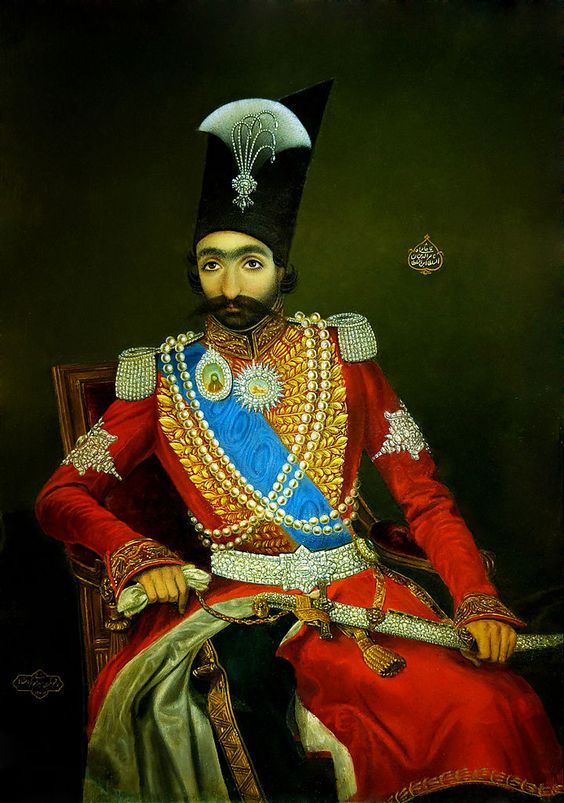
Economy

During the 19th century the economy of persia was based in agricultural activities, this means that most of the land own by them was in use for this kind of activities, however they don´t only focus on agriculture also they had small roads to trade with other empires, but this wasn´t so much so they didn´t have chances to compite with other empires.
At the half of the century the economy of Persia began to grow, because of the new trades with Russia and the Middle East empires (Ottoman empire, etc), the most of this trades was based on manufactured materials, this caused that Europe started to watch the trades between Russia and Persia, they started to be afraid of them because Russia was gaining power and Persia was becoming a worldwide potency, by the end of the century the trades of Persia quadrupled.
Society

According to “Ancient Persians Weebly” (n.d.), the social system that the Persians had was built off of communication and transport. They had a social structure similar to the indian, which was kings, priests, military, traders, craftsmen, farmers and slaves. The Persians had a tribal confederacy, which was that each tribe lived in a different part of Persia. Their social structure was a basic patriarchal system based on families forming tribes and the tribes formed the confederacy. The slaves were often captured from other conquered civilizations that refused to behave. The people living there, had a way of entertaining like playing games.
According to “The Persian People Weebly”(n.d.), most Persians were polytheistic. Their religion was based off of Egyptian gods, like god Mazda. It was believed that Mazda would judge you at the end of your life by taking into consideration if the person used its time to be good or bad. they also believed in Zoroastrianism, which is found in other religions like Muslims. Then, Zoroastrianism changed into Manichasim.
Internal conflicts
According to “About Education” (2016.). In 1870 to 1871 a serie of events caused horrifying famine to break out in Persia, getting as a result 1,500,000 to 2,000,000 Persians dead.
In 1869 a drought in north and east Persia left farmers without work and some foods were barely found this cause a great loss in most of the regions, some like cotton and opium .
There was also a factor that affect Persia throughout all the 19 century that was the trade of Opium in which Persia had a great influence trading to external regions.
ITS GOOD TO KNOW
Approximately a normal Persian family can buy a bread for 6 weeks of an entire year and all women try to find out bread for its own family and people start attacking each other so the food transport was with a lot of caution now.
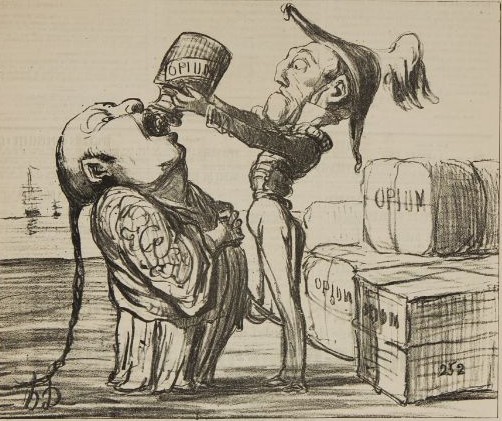
Internal conflicts renewed profits
As a consequence of all the external factors in Iran conflicts led to series of changes known as factors such as: Basically Persia was in bankrupt so these factors pretty much help in every aspect according to “The Iranian Press”(2000.).
· Psychological Factor
· Social Factor
· Educational Factor
· Communication Factor
As well, the psychological factor refers to the general feeling in the government, as a consequence of the country’s defeat in the war with Russia
This defeat ended in a loss that pushed the government to reconstruct the whole army by using modernised armaments and educating its people.
The educational factor is the role of the new and modern established educational institution of Dar al-Fonun which played a significant role as the first modem university in Iran.
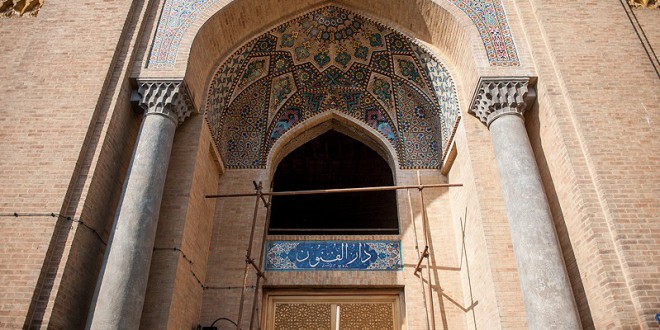
The communication factor is the role of the press as a modem tool of communication and it was founded as a result of contact between Iran and the Western society which shows particular attention to the cultural factors in Iran.
At last, The Social Factor sums up that Iran was a mixture of social tribes and villagers, all with different cultural backgrounds, languages and dialects such as Persian, Turkish, Kurdish and Arabiche Persian language was spoken by less than half o f the population.
As a matter of fact the Persian language was spoken by less than half of the population.
External conflicts
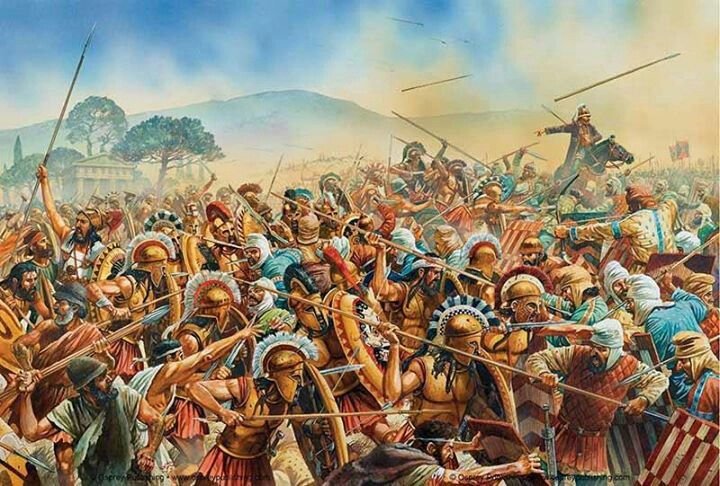
From 1805 to 1834 Iran had small wars with Russia, during these wars Ali Shah was in charge and he lost almost all the Caucasian provinces and after losing their lands they were forced to pay reparations which left the Kingdom in ruins, then in 1813 the first Russo/Persian war ended with the Treaty of Gulistan and the second war finally ended with the treaty of Turkmanchay. When this war finished it was a big breath for Persia they at the end didnt have to pay other countries and had no problems at all.
In 1856 Britain prevented Iran from getting control over Herat, which had been part of Iran in Safavid times but it hadn´t been under Iranian rule since the mid-18th century, by 1881 Russia finished its invasion of present-day Turkmenistan and Uzbekistan, bringing Russia’s frontier to Iran’s northeastern borders andit brought historic Iranian ties to the cities of Bukhara and Samarqand. Several trade concessions by the Iranian government put economic affairs largely under British control.
Link for YouTube video:
Video for some extra info about Persia:
References
Hakimian, Hassan. (2011). Economy in the Qajar period. Retrieved from:
http://www.iranicaonline.org/articles/economy-viii-in-the-qajar-period
Iran (Persia), 1800–1900 A.D. (2015). THE MET. Retrieved from:
http://www.metmuseum.org/toah/ht/10/wai.html
No author. (2016). Persian culture. Retrieved from:
http://www.irpedia.com/iran/culture/
Allen, Lindsay. (2007). Persian culture. Retrieved from:
http://www.persiansarenotarabs.com/persian-culture/
Kindersley, Dorling. (2007). Persian empire. Retrieved from:
http://www.factmonster.com/dk/encyclopedia/persian-empire.html
Retrieved November 13, 2016, from
About Education. (n.d.). The Great Persian Famine, 1870-71. Retrieved from
http://asianhistory.about.com/od/iran/fl/The-Great-Persian-Famine-1870-71.htm
